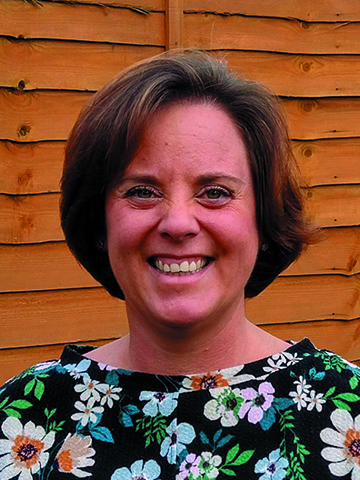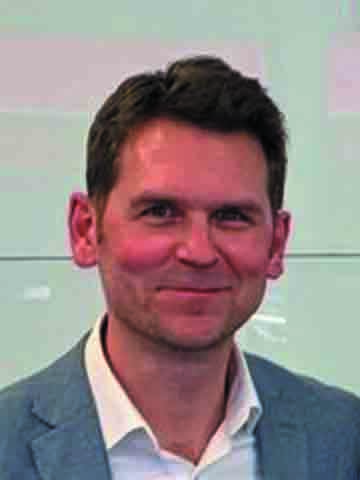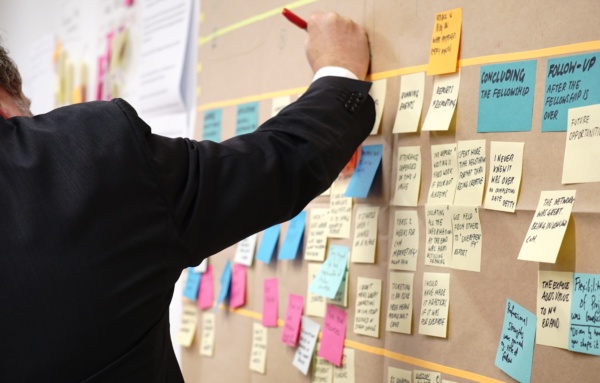The Chapman Consulting Group hosted two insightful APAC Leader sessions at Mead Johnson Nutrition and Barry Callebaut in Singapore on the topic of ‘big data,’ and how it can be used most effectively within the HR space. Over 30 regional HR Leaders attended from a variety of industries including, AspenTech, BHP Billiton, Black & Veatch, Blackberry, British American Tobacco, Citrix, Coca Cola, Credit Suisse, Eli Lilly, GlobeCast, Huntsman, Mundipharma, NICE Systems, Olam, PPD, Sennheiser, Stepan Company, Towers Watson, and Zoetis.
Both hosts, Thomas Schellerer, APAC HR Director with Barry Callebaut, and Clifford Taylor, Vice President HR of Mead Johnson Nutrition, gave a brief overview of their organisations and the anticipated challenges in HR terms. After this introduction, the group discussion turned to one of the hottest topics in HR today: ‘big data.’
What Does the Research Tell Us?
The sessions kicked off with a discussion of recent research conducted by Bersin by Deloitte, which detailed the four levels of their ‘Talent Analytics Maturity Model.’ This model identifies levels one through four, which rate how effectively organisations are using available data and/or metrics. Level one begins with ‘Operational Reporting,’ which is strictly reactive and is where over half of all organisations were at the time of publication (2013). In contrast, level four organisations are actually using ‘Predictive Analytics’ for risk analysis and strategic planning. Bersin by Deloitte found that only four per cent of organisations had achieved this level. An informal survey of those in the room revealed that only a few organisations had achieved the highest level of talent analytics maturity, aligning with the report findings.
Where are Organisations Today?
The majority of organisations represented in both meetings were firmly in the lower levels in terms of the application and collection of data. One HR Leader commented, “Ideally, we would love to move our organisation to level four, and this is our target. I think we are now at level two, since we have the shared service centre to ensure that we are capturing and using the right data.” Another HR Leader continued, “In terms of the usage of data, the business might be functioning at a higher level, as compared to the HR function in the same organisation. The key challenge for us is about the integrity of data, as it is spread across different platforms. Getting the data and integrating to a single platform is our current challenge.”
Joydeep Bose, the Global Head of HR from Olam International suggested that, “We have taken a few important steps, especially in the area of employee advocacy, to identify implicit needs and expectations. We have also looked towards consumer marketing and Internet companies who are quite advanced in terms of using analytics to help retain talent, and we are putting similar practices in place.” We think this is an important point because although data is important and there has been a big push to use advanced metrics to help gain competitive advantage, companies still need to engage employees in the process. The second crucial point Joydeep raised is that companies should not be afraid to copy other organisations or industries that may be ahead of the curve when it comes to analytics.
Key Challenges
One issue that came through in the discussions is that organisations face widely varying challenges when it comes to collecting and utilising data to best advantage. The following five challenges were identified by those at the meetings:
- Finding an HR professional with an analytical mind-set: The first step toward obtaining and using predictive data is to find an HR person, who is good at analysing data and producing analytical reports. We all know HR practitioners are not necessarily mathematicians, nor are they experts in handling data, and this isn’t always easy to achieve, but it’s an important first step.
- Setting up and maintaining the database: Some organisations in the room struggled to set up and maintain databases in certain countries, due to the lack of infrastructure. Some are not even able to generate simple statistical reports at this stage. Establishing and maintaining the database can be a bottleneck and can hold organisations back from reaching a higher level of analytical maturity.
- Getting the right data, and getting the data right: As the database grows, the amount of data can become overwhelming. Organisations may end up with more data than they need, which often makes it difficult to know how to use it effectively. When establishing the database, it is critical that organisations ensure they are collecting the right data in terms of its applications and accuracy.
- Data Accuracy: It is vital that organisations can ensure that the data collected is reliable. HR data will always involve a human element, making it even more important that data accuracy can be verified and trusted. Without this, the credibility of the department may be called into question.
- Return on investment of the HRIS system: Much time and effort is involved in creating a fundamental database, and resources are of course also necessary to maintain it. Unless HR can make a case for a return on the investment in an HRIS system, organisations are unlikely to implement. From our discussions, most organisations are still unsure of the timeframe on getting the return on their investment.
Anita Venugopal, APAC HR Operations Head and Singapore HR Head at British American Tobacco, shared the company’s progress and challenges in attempting to harness ‘big data’ and analytics in HR. “We feel there is tremendous opportunity – it’s just getting the right data in the right place initially. Being able to use that data to make predictions will be step two.”
Stay focused
Progressively, when organisations move from one level of data analytics to another, they encounter challenges, which may discourage companies from using the data. Two key tips for maintaining the momentum include focusing on a specific data set, and using the finance department to get things pointed in the right direction.
- Specific set of data: Analysing predictive data is not as difficult as some may think; however, we need to get the specific data to meet our needs. Ultimately, organisations want to implement strategies as a result of the predictive data. Regardless of the size of the database, only a few specific metrics and ratios become the primary determinants of these decisions. Therefore, it is fundamental that organisations identify the focused sets of data that influence these predictions.
- Finance department as the pointer: Finance is all about data, so HR should not be afraid to use that expertise and learn how to best utilise their own data. It was mentioned that HR departments might even compare and contrast their data sets with the Finance department monthly, in order to benefit from their experience. Our host, Thomas Schellerer, APAC HR Director of Barry Callebaut shared, “One of the big questions that comes up when we talk about HR analytics is why HR hasn’t got the recognition for data analysis that finance has. To change this, we need to look at the talent and skills in our HR teams and add the right capabilities. I always compare and benchmark our ability to provide data and analytics – as HR Leaders – with the CFO. We are behind as a function, but we can learn a lot from finance.”
Conclusion
Many thanks go to both Mead Johnson Nutrition and Barry Callebaut for hosting these thought provoking discussions. On the whole, it appears that most human resource departments have a long way to go in terms of accessing and utilising the ‘right’ data. In addition, most organisations are still cautious regarding the data they present to the business, as it is difficult to
guarantee reliability. This compelling topic is progressing quickly, and we expect to continue these discussions as systems improve. Thanks to all who participated, and we hope to see you again later in the year.
Key Contributors:


 Andrea Merrigan
Andrea Merrigan Orelia Chan
Orelia Chan Stanislav Medvedev
Stanislav Medvedev Fleur Daniell
Fleur Daniell Finian Toh
Finian Toh Tim Rayner
Tim Rayner Nicola Hasling
Nicola Hasling Stefanie Cross-Wilson
Stefanie Cross-Wilson

 Caspar Bungay
Caspar Bungay Abby Walters
Abby Walters Hazel Steveni
Hazel Steveni Steve Brown
Steve Brown

 Devijaya Nair
Devijaya Nair Dee Karsan
Dee Karsan


